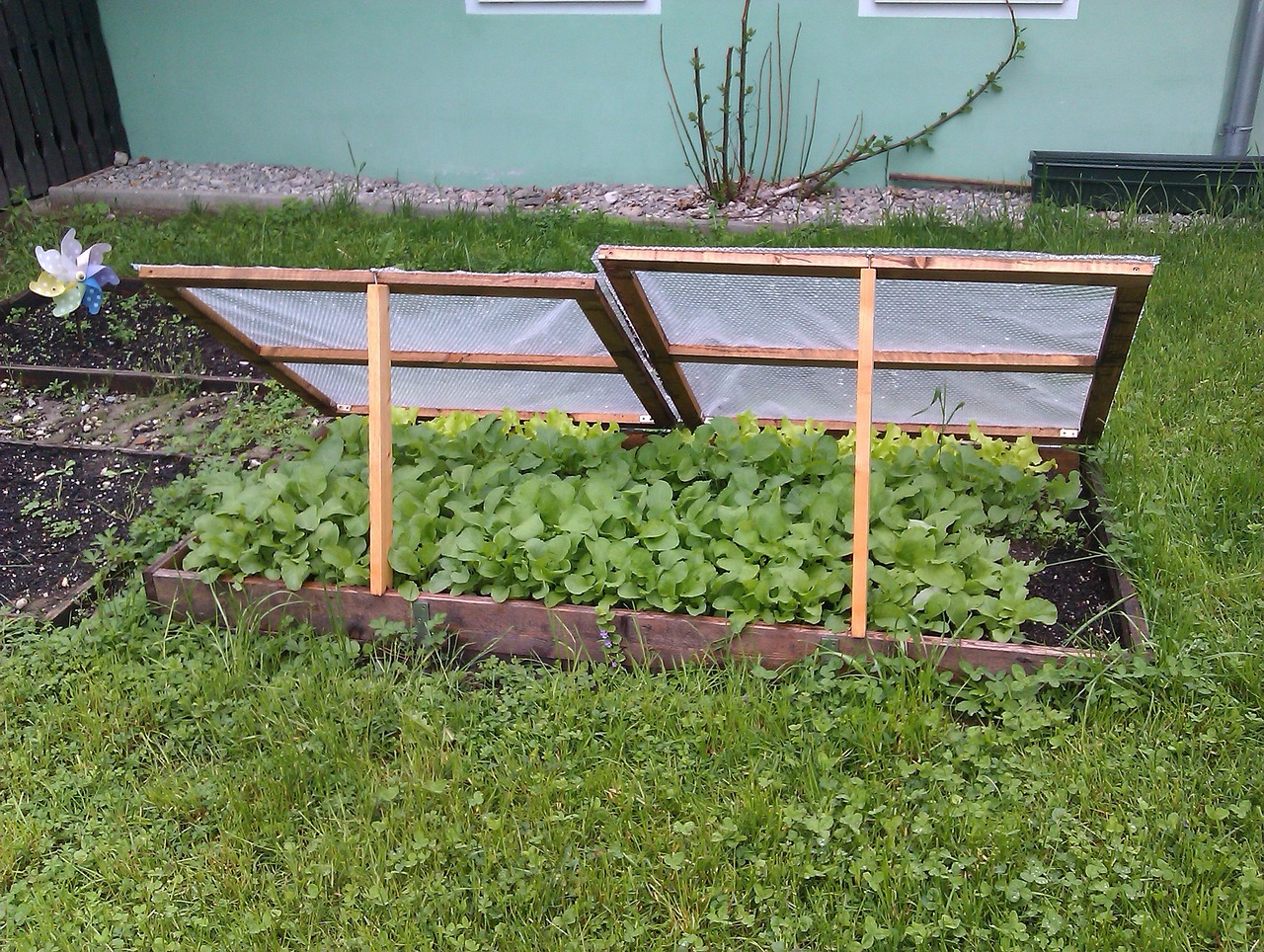
Table of Contents
Are you worried about whether you need to stop planting and harvesting during the winter season? What about the seeds you’re waiting to sprout but are faced with weather conditions that aren’t cooperating? The answer to both scenarios is using a cold frame that will protect plants from excessive cold or wetness.
But what is a cold frame? Here’s everything you need to know about cold frames including what they’re for and how to use them.
What are Cold Frames?
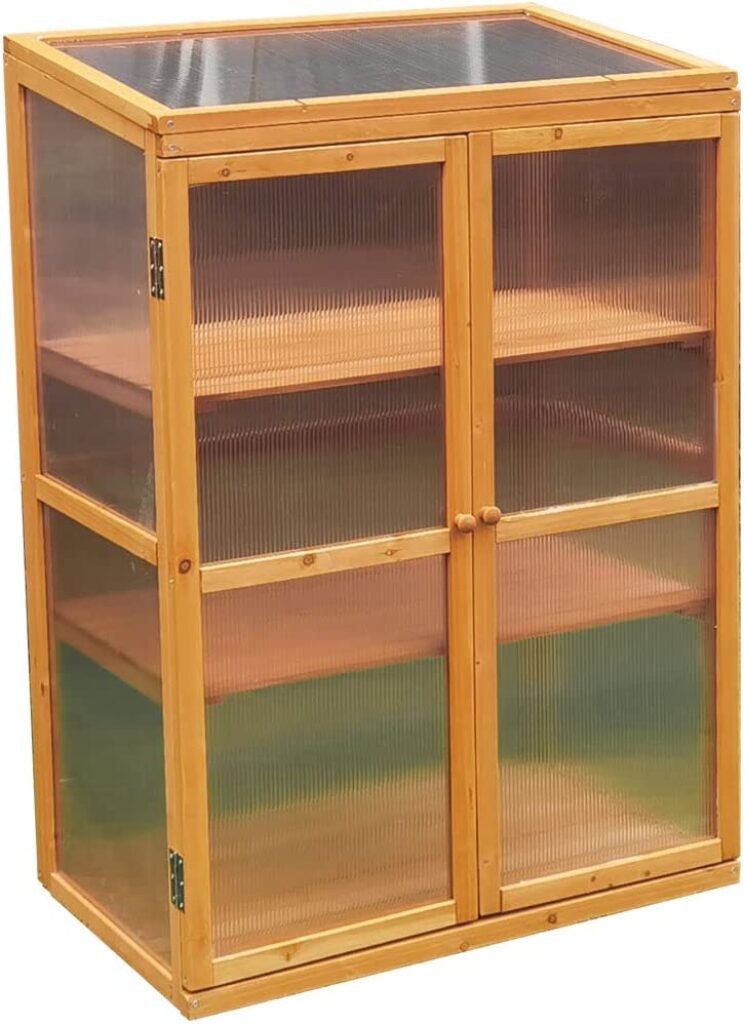
A basic cold frame is a transparent-roof enclosure built near the ground to protect plants from extreme weather conditions such as snow, heavy rains, or flooding. It is a miniature greenhouse that allows the harvests and growth of plants beyond the season.
Cold frames attract natural sunlight and give warmth to the contents inside the box allowing seedlings or vegetables to continue to grow through the winter and rainy seasons.
Cold frames were designed to be put inside a heated greenhouse. But now they are found in home gardens and used for vegetable farming because of the created microclimates. This makes it ideal for plant and vegetable growing because the temperature, moisture, light, and wind speed allow longer survival.
Uses for Cold Frame Gardening
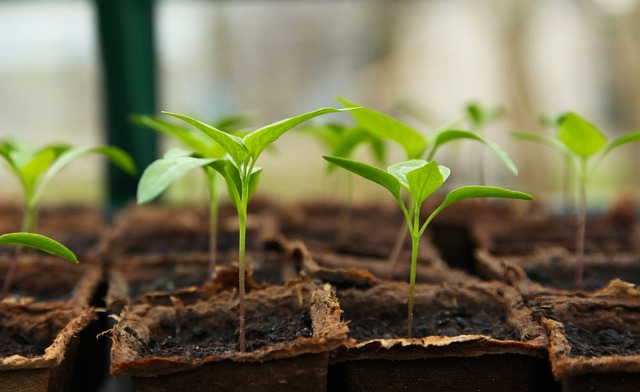
The weather seems to be changing all the time and now you may be wondering if you need to get a cold frame in your backyard. Since not everyone can set up a greenhouse or have space in their residence, cold frames are the frugal option for anyone. Here are some uses to help you decide on cold-frame gardening:
- Grow seedlings
- Grown vegetables for autumn and winter harvest- lettuce, spinach, parsley, salad onions, radishes, etc.
- Extend the growing season for food and ornamental plants that need warmth in the early spring.
Having cold frames ready before the winter allows you to start preparing your seedlings and plug plants or vegetables to settle them before you transfer them into your garden for the spring. Using a cold frame helps speed up planting preparations and utilize the winter months to prepare for the harvest season of spring and summer.
How to Build a Cold Frame
Cold frames have a basic structure composed of a transparent cover, the form on the sides, and water draining bottom. There are many ways to build cold frames but it’s always best to upcycle whatever materials you have at home for less cost and less effort. You can also use unwanted or reclaimed materials like bricks or doors that may be lying around your storage area.
It will take you a maximum of four days to build your cold frame if you have all your upcycled materials on hand.
Step 1 – Measure the Transparent Cover
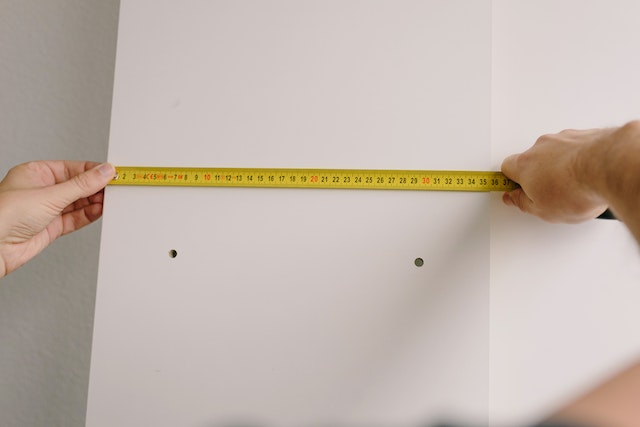
For this, you can use an old window or shower door and measure the length and width. The lids will be connected to the length of the cover and sloped to allow the angle for maximum sunlight. Place the two boards end-to-end and use strong hinges of the doors to allow open-close movement. You can attach a handle for easy use.
Step 2 – Make a Slope Angle on the Body Structure
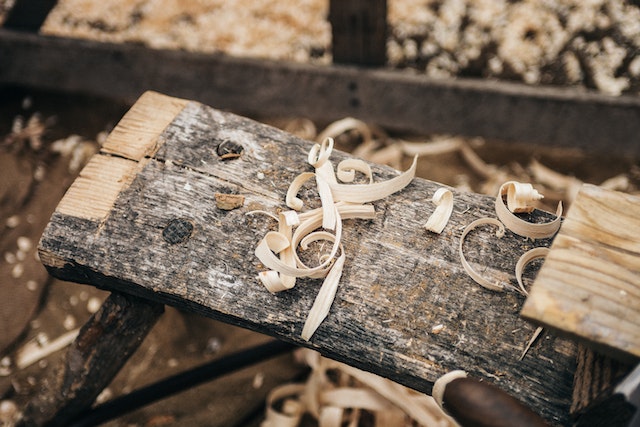
As you build the body structure, you’ll need to make the back part of the box one bore higher than the front. This slope will shed rainwater and get sunlight available during the day. The side structure has to match the height of both the front and back portion.
Step 3 – Attach Two Battens to Hold the Lid Open
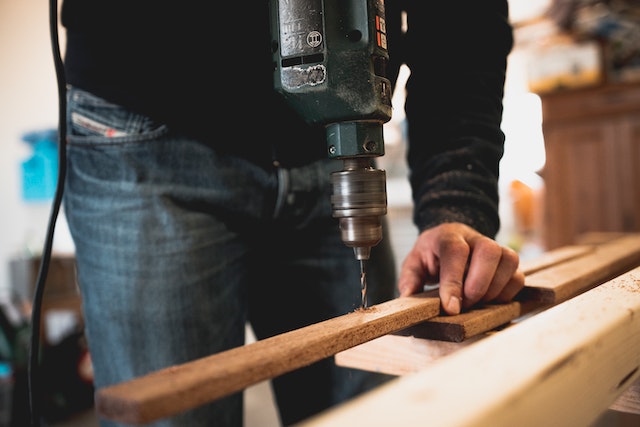
Get two battens of different lengths to allow you to open the lid and hold it up to keep it open during sunny days. Remember to follow the side taper for the lid to close properly without any space for proper insulation.
Step 4 – Decide on the Base of the Cold Frame
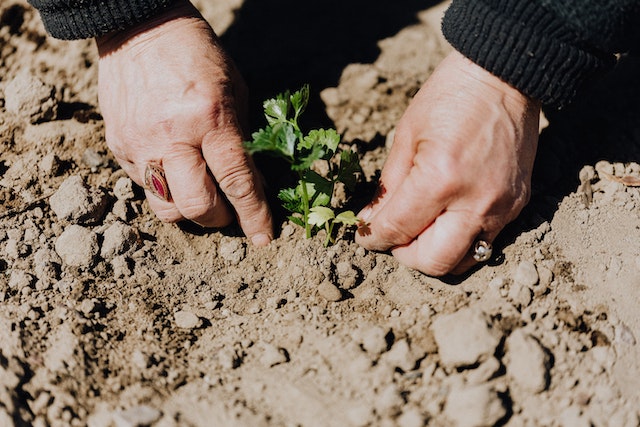
You don’t have to put a base or bottom layer on the box if you choose to put the cold frame in your backyard. You can choose to put borders on the soil to make a box or use a bale of straw to keep the insulation.
You can also make use of the concrete floor or stone walkway of any open space. Some gardeners prefer to elevate the cold frame by using bricks or paving slabs for height.
Step 5 – Assemble Materials
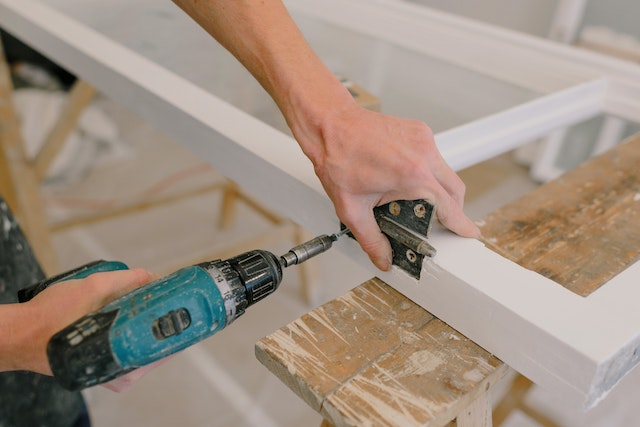
Use a drill, screws, nails, a hammer, and hinges to assemble the cold frame box. Start with the side structure by joining the corners with a screw or nail. Then, you can attach the front and backboards to the corner posts. Position the transparent lid into the frame before you attach the hinges. The longer the lid, the more hinges are needed to support it.
Suggested Materials to Make Cold Frames
Choosing the materials depends on how basic or beautiful you want your cold frame to look. You can order these online or drop by a gardening shop to get an assembled box. You can also make your own using materials lying around your home.
| TRANSPARENT COVER | BODY STRUCTURE | BOTTOM BASE |
| Old shower door | Bricks | Concrete surface |
| Polycarbonate sheeting | Cabinet wood | Soil |
| Plastic water bottles held by bamboo sticks | Wooden slabs | Timber construction with holes under |
| Glass window frame | Wooden planks | Bricks with holes |
| Cover of a plastic storage box | Clear plastic storage box | The elevated base of paving slab |
| Acrylic or plastic sheet | Raised garden bed | Stone walkway |
| Plastic sheet or cover with brick or rocks on the edge to keep in place | Raised timber wood | Straw bale |
Cold Frames FAQs
In general, a cold frame can provide a microclimate that is about 5 to 10 degrees warmer than the outside temperature, which can be beneficial for protecting and cultivating plants.
A greenhouse and a cold frame are both structures used for growing plants, but there are some key differences between the two. A greenhouse is a fully enclosed structure that is made of transparent materials such as glass or plastic. Greenhouses are designed to trap heat from the sun and create a warm, controlled environment for plants to grow.
In contrast, a cold frame is a small, unheated structure typically used to protect plants from cold temperatures. Cold frames are usually made of wood or metal and have a transparent or translucent top that allows sunlight to enter. Unlike a greenhouse, a cold frame is not designed to create a warm environment for plants, but rather to provide some protection from the cold and allow plants to acclimate to outdoor conditions.
The best place to put a cold frame is in a location that receives plenty of direct sunlight for most of the day, as this will help to warm the air inside the structure and provide optimal growing conditions for plants. Cold frames should also be placed in an area that’s protected from strong winds, as this can damage the plants and the cold frame itself.
In addition, cold frames should be placed on well-draining soil to prevent waterlogging and ensure that plants have access to adequate moisture.
The best base for a cold frame will depend on a variety of factors such as the location, the size of the cold frame, and the type of plants that will be grown inside it. A good base should be sturdy and level and be able to support the weight of the cold frame and the plants inside it.
Some common materials that can be used for the base of a cold frame include concrete, paving stones, or treated lumber. It’s important to choose a base material that’s durable and able to withstand the elements, as the cold frame will be exposed to the outside environment.
No, a cold frame does not need to be airtight. In fact, it’s important for a cold frame to have some ventilation in order to allow fresh air to enter and prevent overheating. Some cold frames have vents or openings that can be adjusted to allow for air circulation.
Yes, the soil is placed inside a cold frame in order to provide a growing medium for plants. Cold frames are typically used to grow plants that are sensitive to cold temperatures, such as herbs, lettuce, and other leafy greens. The soil inside the cold frame should be well-draining and nutrient-rich in order to provide the plants with the necessary conditions to thrive.
Wrapping Up
Cold frames are one of the most practical and efficient solutions to extend the life of your vegetables and plants. With a cold frame, you need not spend too much unlike if you were to build a greenhouse. You can make do with a space in your backyard or garage area and set your cold frame in that area.






